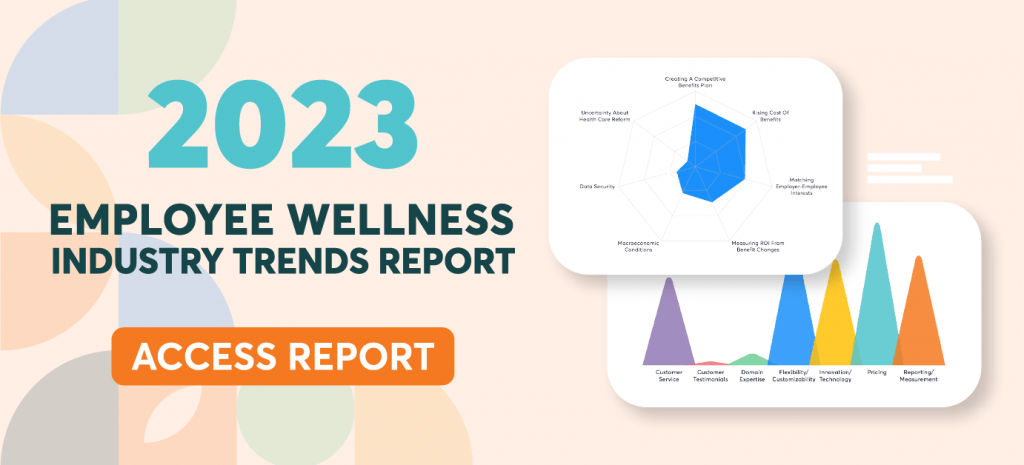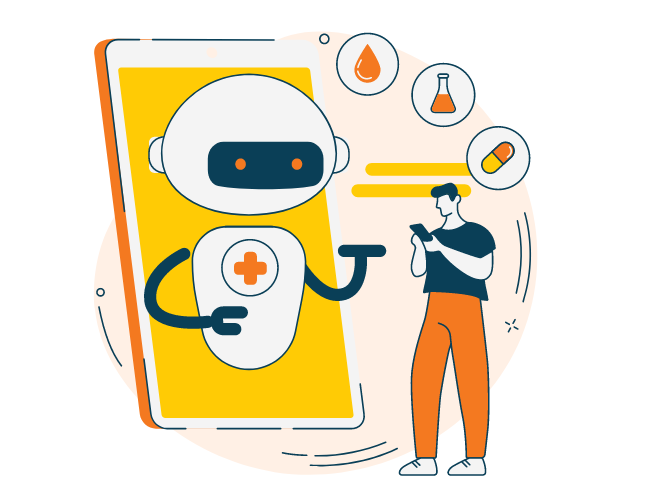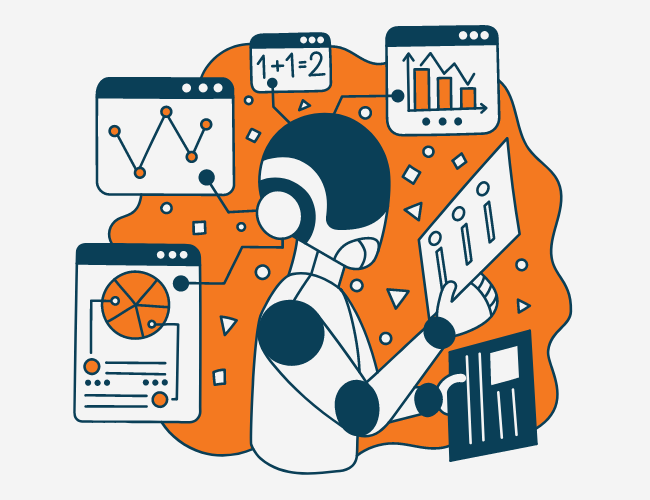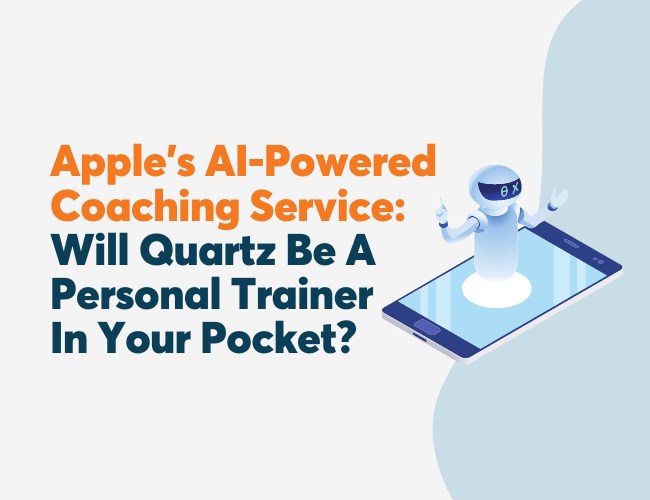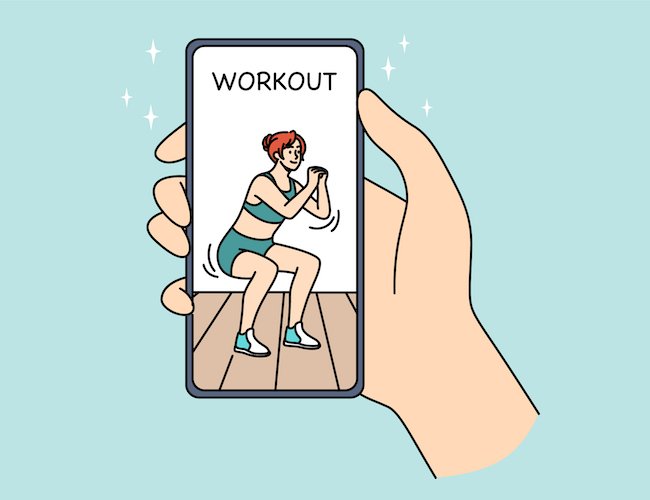Commuting has changed. Rather than hopping into a car or taking public transportation to head into an office, millions of people across the world are commuting from their bed to their desk each day. Although commuting was often perceived negatively (traffic jams, cramped subways, etc.), the initial euphoria of not having to kick off or end the day traveling has subsided. Employees learned to appreciate the benefits of commuting; that is, commuting served as a barrier between work and personal life. Without it, life can seem like a never-ending conference call, resulting in employees never being able to disconnect.
The appropriate solution for a problem like this is better policies and management leading by example. Organizations should encourage employees to take time off to recharge because it is good for employees and good for business. To show that they value work-life balance, leadership should clearly communicate that they care about creating a separation between professional and personal lives. If “always on” cultures plague an organization, management can implement policies that make it clear that email responses for non-emergency situations are not expected outside of traditional work hours. Also, they can celebrate employees taking time off by reserving time at the beginning of team meetings for employees to share positive experiences from time spent on vacation. Lastly, employers can foster a culture where taking mental health days are encouraged by having managers publicly announce when they are taking one. These policies, and others, are great ways to create the work-life balance that allows employees to thrive.
Virtual Commute
Although organizations like Microsoft cannot force employers to create policies that support work-life balance, they can incorporate features into their products that help facilitate it. That is exactly what Microsoft did with Teams, their chat and video communications platform. The new feature, to be released in 2021, will allow employees to schedule a “virtual commute” to help separate work from personal time. While the feature won’t start a car or ride the subway for an employee, it will remind them about the end of the workday, suggest tasks to help workers wind down, and create a little mental space before kids’ homework, dinner, laundry, and other obligations come crashing in.
For example, near the end of a day, the virtual commute will prompt users to list tasks as completed or add them to tomorrow’s to-do list, while asking workers to rate how their day went and suggesting guided meditation, through an integration with the Headspace app.
Microsoft will also enable its workplace analytics software to help employers spot and support workers who are at risk of burnout. Workplace analytics will review metrics, such as after-hours collaboration by an entire team, and how that compares with similar teams.
Incorporating Technologies Into Well-being Initiatives
For organizations that use Teams and have wellness programs, it makes sense to consider how to integrate the two. If employees are using one technology a great deal (Teams) and an employer wants them to embrace other technologies they value (well-being programs), it makes sense to leverage one tool to support the other. In this example, employers could use Teams to promote health and well-being by creating a channel dedicated to their wellness program. They can use the channel to promote wellness initiatives, celebrate employee success stories, and solicit feedback on future offerings.
